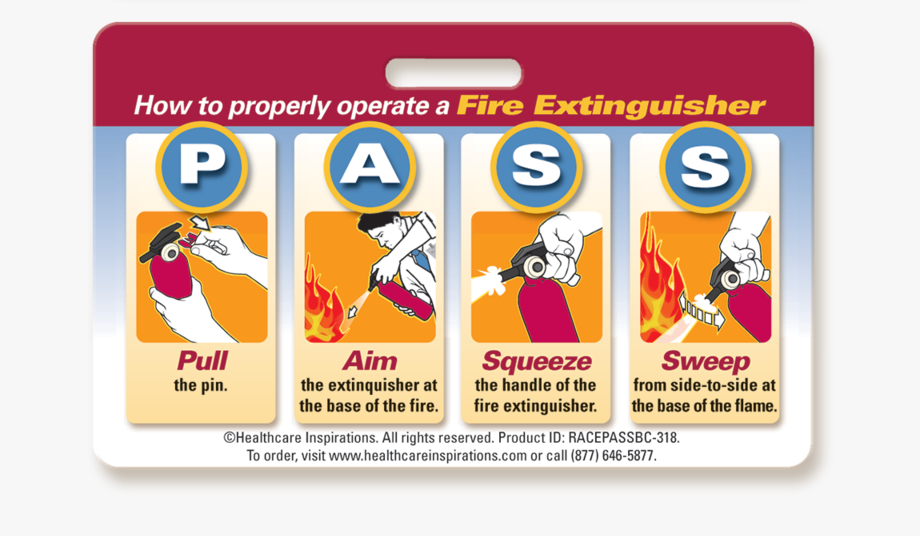

How they did it in Cambridge was not stated (the members were outside), but in Hempfield a fire extinguisher was used.īerkeley - Neighbors saw the fire being set and called 911 (a neighbor also responded in Cambridge). Persons outside were trying to get in while those inside were trying to get out.Ĭambridge and Hempfield - Members who were present immediately put out the fires. No planned and practiced evacuation plan.In an emergency there is not enough time to unlock the door. The building should have been evacuated until an All clear after all traces of the fire were out.They should have made certain the fire had not spread.No follow-through in putting out a fire.Separation of open flame from combustibles not maintained.The only door was about 23⅔ inches wide, and there were 130 persons inside. No feasible evacuation route for the number of occupants.Lessons from the News StoriesĬostești - This is a sad story of what should not be done. It is important to know what to do if and when a fire starts in the church. What if you are in the sanctuary with 300 people, and your earpiece says, "Code Red, Room 12, 911"? Looking in you see a paper decoration leaning against a table lamp smoldering. It's coming from a vacant classroom - the kids are down the hall in the Youth Chapel for Children's Church. If Fire Breaks Out.Īs a member of the Church Safety Team, you are on duty during the morning worship service. By the time firefighters came, members had put the blaze out with a fire extinguisher. Hempfield, Pennsylvania, Thursday, MaHoly Thursday Mass was interrupted when a trash can in a side room caught fire. The suspect was soon arrested by Berkeley police.

Several neighbors saw the fire burning or being set and called 911. īerkeley, California, ApBerkeley firefighters put out a fire in debris piled against the front door of a church. Members came, and extinguished the fire before firefighters arrived. A neighbor spotted the fire early in the morning, and called a church member. Ĭambridge, Maryland, SeptemA person or persons unknown set a fire in the doorway of a church. The door was too narrow, and it was locked. That was put out, but wreaths in the attic had also been ignited without anyone noticing.įire expanded rapidly, and the roof collapsed. A candle ignited the braid hanging from a wreath. (They) quenched the power of fire (Hebrews 11:34).Ĭostești, Romania, April 1930 - The small wood church in Costești, built in the 1700s, was crowded with children, their leaders, and some elders for the Orthodox Good Friday service, while their parents listened from outside. For lack of wood the fire goes out (Proverbs 26:20). Save others by snatching them out of the fire (Jude 1:23).
#R a c e fire drill full
“If fire breaks out and catches in thorns so that the stacked grain or the standing grain or the field is consumed, he who started the fire shall make full restitution (Exodus 22:6). Your safety team should have a plan in place and prepare your congregation through practicing fire drills. Most church fires begin when no one is there, or only a few people, but sometimes they start when there is a packed house. This can reduce the temperature of burning materials below their threshold of ignition.Safety under Fire October is National Fire Prevention MonthĪs a member of the Church Safety Team, are you prepared to respond if a fire broke out in your church while you are on duty? Smooth evacuations of burning buildings do not just happen. The tool will cut through any undergrowth that may be burning and overturn some soil, further assisting in creating a fire break, thus smothering fire. The burning material is left to burn itself out away from the edge of the fire line, or another fire fighter with a fire flapper will smother it if required. The preference for one implement over the other is somewhat subjective.Ī fire fighter will rake burning material back into the (black) area already burned, moving the fire away from the fuel ahead of it to create a fire break. The teeth of the more traditional fire rake which resemble the teeth of a great white shark allow it to penetrate deeper into the undergrowth when necessary. A McLeod, which is sometimes called a rake hoe, is a similar tool whose rake portion looks more like a steel rake but with sharp edges on the teeth. It is used to rake a fire break with the sharp teeth, enabling it to reach fire in undergrowth in addition to loose surface debris. A fire rake has a wooden or fiberglass handle with a rake head consisting of four to six sharp, serrated, triangular steel blades. A fire rake is a wildland fire fighting tool.


 0 kommentar(er)
0 kommentar(er)
